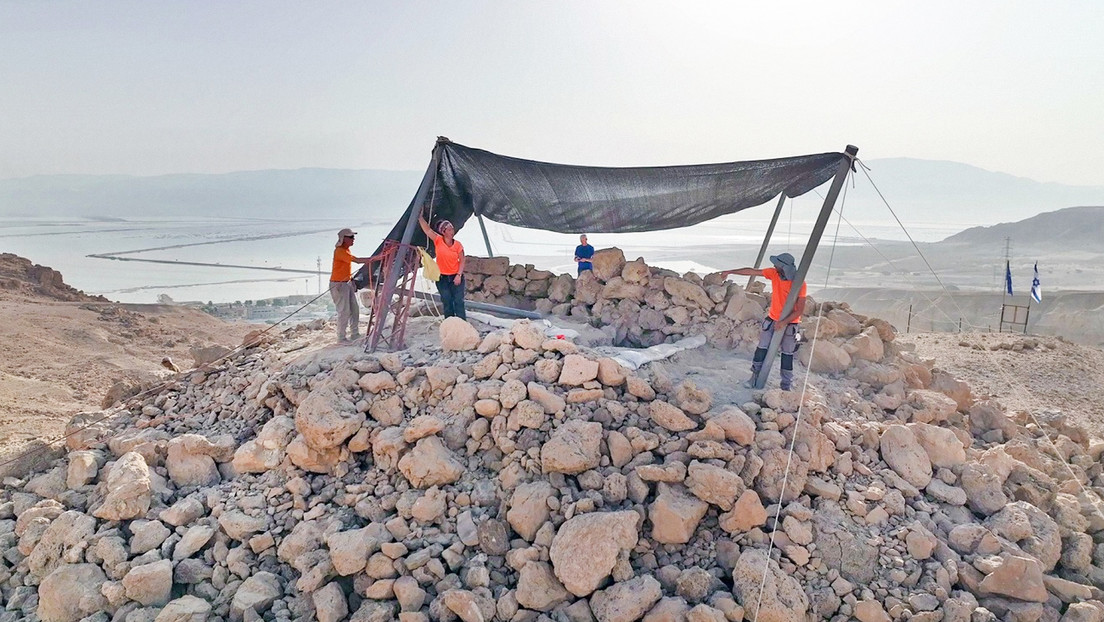
A mysterious pyramid-shaped structure and numerous extraordinarily well-preserved artifacts dating back some 2,200 years, to the era of the Ptolemaic and Seleucid rulers, have been discovered in the Judean Desert near the Dead Sea. The excavation was a joint mission between the Israel Antiquities Authority (IAA) and the Ministry of Heritage Excavations.
"What we have here is one of the richest and most intriguing archaeological excavations ever found in the Judean Desert," said IAA excavation directors Eitan Klein and Amir Ganor.
The pyramid was built with large, hand-carved stones, and archaeologists believe it could have been an ancient monument, a tomb, a watchtower, or a military base protecting a trade route from the Dead Sea to coastal ports. However, its purpose is unclear. "This is a fascinating historical mystery," the directors said.
In addition to the structure, archaeologists unearthed several artifacts in good condition, including historical documents, bronze coins from the Ptolemies and Antiochus IV, bronze vessels, weapons, wooden tools, textiles, and remains of ancient furniture. Some papyrus fragments contain writing in ancient Greek, one of the languages ??spoken by the inhabitants of the Ptolemaic and Seleucid empires.
According to the researchers, the low-humidity desert environment likely contributed to the artifacts' "surprising" preservation, as it prevents mold growth and minimizes warping and cracking of organic materials such as wood and fibers.
"The extreme dryness has preserved things here in an extraordinary way," said archaeologist Ido Zangen in an AAI video. "We're finding papyrus fragments, all kinds of amazing wooden artifacts, baskets, and ropes that simply aren't found anywhere else in the country."
Archaeologists will continue excavating until April, aiming to uncover more mysteries about this structure. "These discoveries are exciting, and their importance for archaeological and historical research is enormous," said Eli Escusido, director of the AAI, emphasizing that this is "one of the most important archaeological operations in the country's history." (Text and photo: RT)